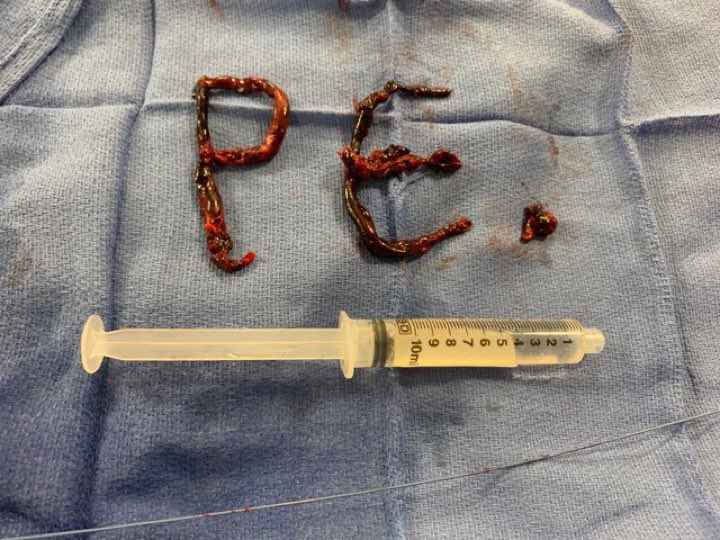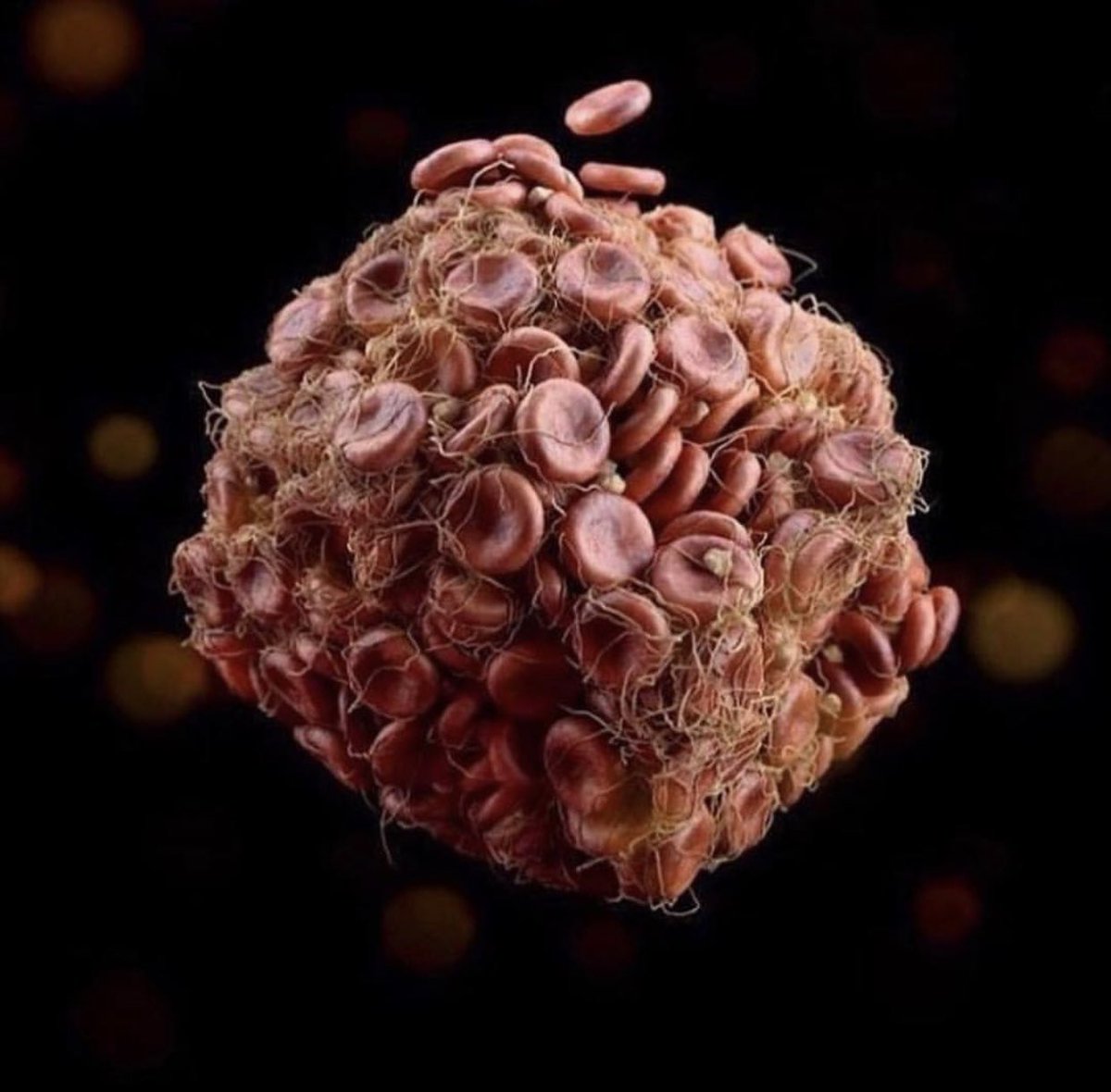
(1/)—🅰🆁🆃🅴🆁🅸🅾🆂🅰 🅻🆄🆂🅾🆁🅸🅰
➡️Arteria Lusoria or aberrant right subclavian artery (ARSA) is the most common congenital arch anomaly in which the right subclavian artery originates from the descending aorta, distal to the left subclavian at the ductus arteriosus.
➡️Arteria Lusoria or aberrant right subclavian artery (ARSA) is the most common congenital arch anomaly in which the right subclavian artery originates from the descending aorta, distal to the left subclavian at the ductus arteriosus.

(2/)On its course towards the R arm, the aberrant vessel travels retrotracheal +retroesophageal. The prevalence of ARSA ranges from 0.6 to 1.4%. The prevalence of ARSA rises exponentially to 26–34% in individuals with Down syndrome and other chromosomal defects. Pic: @Tesslagra 

(3/) Rarely, ARSA can accompany Kommerell's diverticulum, an aneurysm of the descending aorta at the origin of the ARSA. This can present clinically as dysphagia, dyspnea, or subclavian steal syndrome, often requiring surgical intervention 

(4/) 🧐With the increasing use of a transradial approach for coronary angiography as a result of the lower risk of access site related complications, ARSA will be encountered more frequently. #Radialfirst 

(5/) 🙋🏽♂️I am still figuring out my preference for preferred access site as an attending. Left radial vs right. Right radial is easier on the operator, offers less radiation, however anatomical variants like the one above as well as radial loops and more spasm can be encountered 

(6/) Left radial allows for an approach similar to Fem however can be uncomfortable for both the patient and the doctor. However it offers the ability to assess LIMA and less issues with anatomical variation. Also with a 6x25 cm sheath things are easier! Peekaboo! @Tesslagra 

(7/) Each pt should be approached differently. Learning multiple approaches is vital to be a good endovascular operator. I was able to navigate this painfully with a guide, copilot, and amplatz super stiff with the pt taking breaths and holding! Sometimes it’s a pull not push!
(8/)📕Reference:
Law and Mohan, Right Aortic Arches. ncbi.nlm.nih.gov/books/NBK43110…
Case Rep Cardiol. 2016; 2016: 8079856. Published online 2016 Jul 5. doi: 10.1155/2016/8079856 PMCID: PMC4949336 PMID: 27478652
Law and Mohan, Right Aortic Arches. ncbi.nlm.nih.gov/books/NBK43110…
Case Rep Cardiol. 2016; 2016: 8079856. Published online 2016 Jul 5. doi: 10.1155/2016/8079856 PMCID: PMC4949336 PMID: 27478652
@NadeenFaza @bcostelloMD @CMichaelGibson @DocSavageTJU @pravinp8 @hpatel824 @onco_cardiology @DocStrom @venkmurthy @SureshSharmaMD @MusaSharkawi @Rahul2282Sharma @NirmanBhatia @ekgpdx @RezaEmaminia @echocardiac @ASE360 @robertomlang @ChinnaiyanMD @purviparwani
@PinakShahMD @Pooh_Velagapudi @DrMarthaGulati @mmamas1973 @MDMankad @SVRaoMD @dr_chirumamilla @willsuh76 @DrSuzyFeigofsky @rwyeh @yourheartdoc1 @DrJRicci @iamritu @DeeDeeWangMD @DrCJBradley @AkhilNarangMD @tarun_jain93 @maquinonesmd @agtruesdell @jameschilee @KhandelwalMD
@HeartOTXHeartMD @sarahhudsonuk @avolgman @rahatheart1 @DavidWienerMD @sunnyvmd @monsangh @feelingthepulse @achoiheart @akshitsharmaMD @adcaTicTocDoc @jeredcookmd @rezaemaminia @MartyTamMD @true_EP @sheelakrishmd @skilicmd @ekgpdx @chadialraies @mirvatalasnag
@venkmurthy @jameschilee @Babar_Basir @DrHooksDO @chadialraies @ZaherFanari @motownpaesano @GindiRyan @AKassier @AlQarqazM @BobRabbaniMD @SachinParikhMD @TiberioFrisoli @DrAdaStefanescu @dr_chirumamilla @noshreza @UjjwalRastogiMD @majazayeri @SanChris999 @skilicmd
@rajdoc2005 @VMJ_SVM @TopHeartDocs @SVM_tweets @UoMVascSurgery @AorticDissectUS @escardio @ACCinTouch @MichiganACC @EricTopol @GARCIAEDINSON95 @yourheartdoc1 @drjohnm @Medscape @JAMACardio @InvasiveCardiol @cardioPCImom @ferdikiem @keaglemd @JACCJournals @CardiacConsult
@trivaxheartmd @CVCTForum @AbbottNews @HeartFailureTip @heartdocandcrew @HeartDocSharon @heartdoc101 @Heartdoc530 @heartdoc32 @cardioPCImom @JAMACardio @CN_publishing @CardioBot @TomLuscher @CardioMEMS @MedEdChat @CCMedEd @MedEduLab @MedEd_Journal @MedEdConference
@trivaxheartmd @Dr_DanMD @GARCIAEDINSON95 @RonaldWinokurMD @DrYanLiu @RonaldWinokurMD @MarquandPatton @DrAmatangelo @alaa_gabi @bchTicTocDoc @cardioPCImom @CanucksFan80 @RBP0612 @ReentrantDani @ChiznerRyan @ManualOMedicine @grepmeded @TheVeggieMD @pfarrugiamd
@majazayeri @AjayPMD @GuruKowlgi @JorgeP15 @Phil_Wiener @ZainAsadEP @AmrFBarakat @m_ahsan7 @ShanbhagAnusha @DRDAPO @RaidSaco @ikutkutMD @DrDHarmon @AlaMohsen87 @RankaSagar @Nidhi_Madan9 @SaidAshrafMD @AKassier @StrobelAaron @maniaconboard @varda88 @singamnv @SivaTaduru
@ShivtejKaushal @RickyHansra @aniket_rali @MohitpahujaMD @AdnanKhalifMD @JZArnautovic @ykmedicine777 @NehaMantri_MD @tednfs @Shanti27 @jaideeppatelmd
• • •
Missing some Tweet in this thread? You can try to
force a refresh




